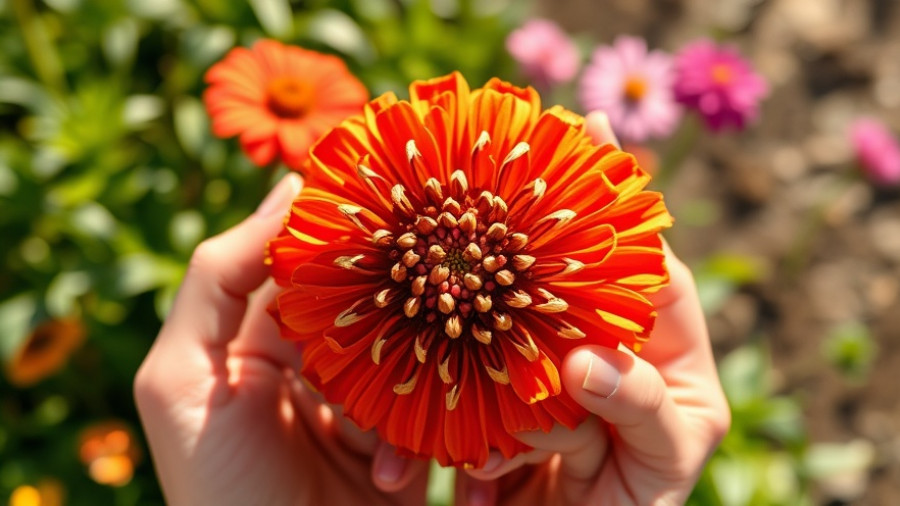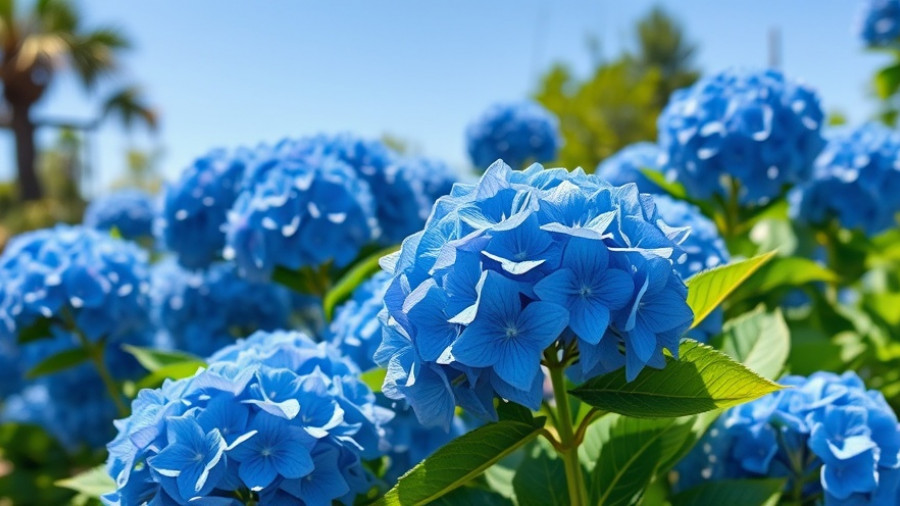
Why September is the Best Time for a Gardening Revival
As summer fades and autumn approaches, the garden remains a canvas for creativity and growth. September presents a unique opportunity for gardening enthusiasts to shift their focus from warm-weather crops to a variety of cool-weather favorites. The month is characterized by milder temperatures and increased moisture, creating ideal conditions for planting seeds that will produce a fruitful fall and winter harvest. This guide highlights 11 impressive seeds that can be sown this month, ensuring your garden thrives well into the colder season.
Top 11 Seeds to Start This September
Recognizing the right seeds to plant can transform your fall gardening experience. Here’s a roundup of crops that are particularly resilient and suited for a September sowing:
- Slow Bolt Arugula: This leafy green not only offers a nutty and spicy addition to your salads but is also resilient enough to reseed itself, thriving under cooler conditions.
- Fava Bean Cover Crop: Perfect for enriching your soil, fava beans also contribute to sustainable gardening practices, making them an eco-friendly choice.
- Warrior Bunching Onion: Known for its quick growth, this type of onion can withstand the winter if planted now, providing a fresh culinary ingredient even in colder months.
- Beets: These vibrant root vegetables are packed with nutrients and can be harvested into the winter.
- Kale: Another cool-weather warrior, kale provides a nourishing boost to winter meals and can hold up against frost.
- Spinach: This leafy green flourishes in cool weather and can be harvested multiple times throughout the season.
- Radishes: Quick to mature, radishes can be ready to eat within weeks, making them an exciting choice for impatient gardeners.
- Turnips: With their hardy nature, turnips thrive in cooler temperatures, offering both greens and roots for your plate.
- Mustard Greens: These greens add a peppery bite to dishes and are particularly robust during cool months.
- Swiss Chard: Known for its colorful stems and extensive nutritional benefits, Swiss chard is a pleasure to grow and harvest through the winter.
- Broccoli: As a nutrient-rich vegetable, broccoli can be sown now for late fall or early winter enjoyment, making it a staple for your garden.
Harvesting Beyond Summer: Your Seasonal Planting Guide
Gardening transcends seasons, as the changing weather can bring fresh opportunities to harvest delightful produce. Embracing a seasonal planting guide helps you maximize biodiversity in your garden. For those in warmer climates, consider planting perennial options that may survive throughout the winter months, allowing for a continuous cycle of growth and harvest.
Explore Creative Container Gardening
If space is a dilemma, consider embracing container gardening. This approach not only allows you to utilize smaller areas but also offers flexibility in moving plants that need extra sunlight or protection from frost. Implementing innovative outdoor kitchen designs alongside your gardening efforts can create a delightful setting for both culinary and botanical adventures.
Enhancing Your Garden’s Aesthetic with Landscape Lighting Ideas
As the days shorten, incorporating landscape lighting ideas can significantly enhance the beauty of your garden during twilight hours. Whether you opt for subtle lights along pathways or brighter features to highlight specific plants, effective lighting elevates your outdoor space.
Taking Action: Implement Sustainable Practices
In addition, integrating techniques like mulching and eco-friendly yard care can help retain soil moisture and prevent weed growth, making it easier to manage your garden. Mulching not only conserves water but also enriches the soil, creating a thriving environment for your new seeds.
Conclusion: Create Your Garden Sanctuary
This September, don't miss the opportunity to sow these essential seeds, allowing you to create a vibrant, resilient garden that includes a diverse range of nutritious crops. Gardening is not just a hobby; it's an investment in your health and well-being. To learn more about backyard makeover ideas or to find inspiration for your next gardening project, seek out local gardening resources and community events. The beauty of a bountiful harvest is just a seed away!
 Add Row
Add Row  Add
Add 




Write A Comment